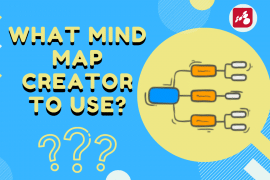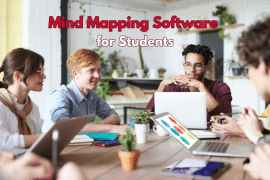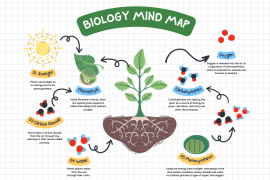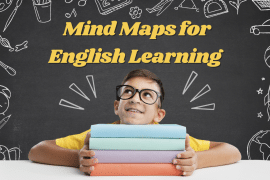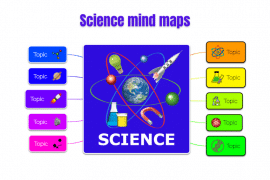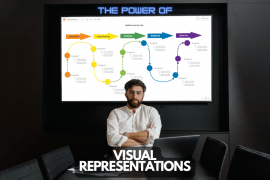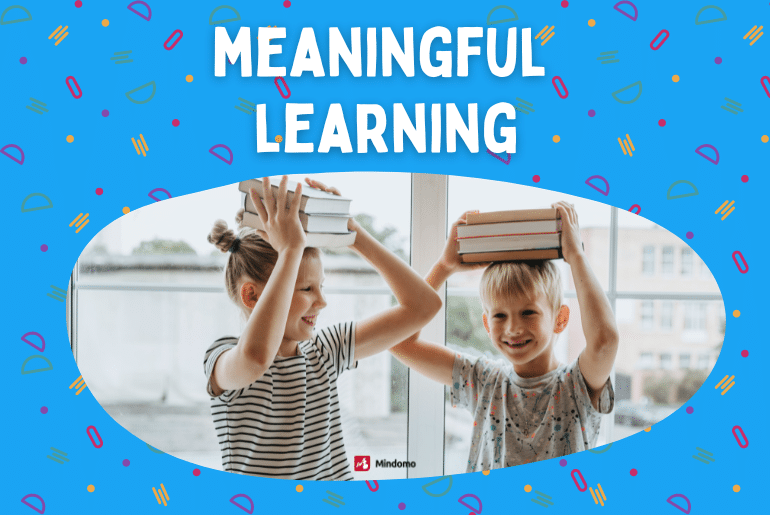
Meaningful learning is a powerful approach to acquiring new knowledge and skills. It’s one of the best learning hacks around.
Unlike rote learning, which relies on memorization, meaningful learning involves connecting new information to prior knowledge. This leads to a deeper understanding and improved retention.
In this article, we’ll explore the importance of meaningful learning. Then, we’ll look at its types and how you can apply its principles to transform your learning experience.
What is the Importance of Meaningful Learning?
Meaningful learning is essential because it promotes long-term retention of knowledge, problem-solving abilities, and real-life application.
With rote learning, superficial understanding, and quick forgetting are often the result. Meaningful learning, on the other hand, enables learners to make sense of new material by relating it to their existing knowledge. This active learning process fosters deep understanding, making the acquired knowledge more durable and readily applicable to various situations.
Educational psychology emphasizes the role of meaningful learning in promoting student motivation and engagement. When learners are fully engaged in learning, they are more likely to develop the intrinsic motivation required for long-term success.
Meaningful learning also encourages the formation of appropriate propositional hierarchies. This leads to a well-organized cognitive structure that supports efficient retrieval and application of the learned material.
What are the Types of Meaningful Learning?
There are three main types of meaningful learning, as proposed by David Ausubel’s meaningful learning theory:
1. Representation Learning
This type involves the acquisition of new concepts and ideas by associating them with existing cognitive structures and old knowledge.
Representation learning is essential for developing a strong foundation in a subject. It helps learners form accurate mental representations of the material.
2. Proposition Learning
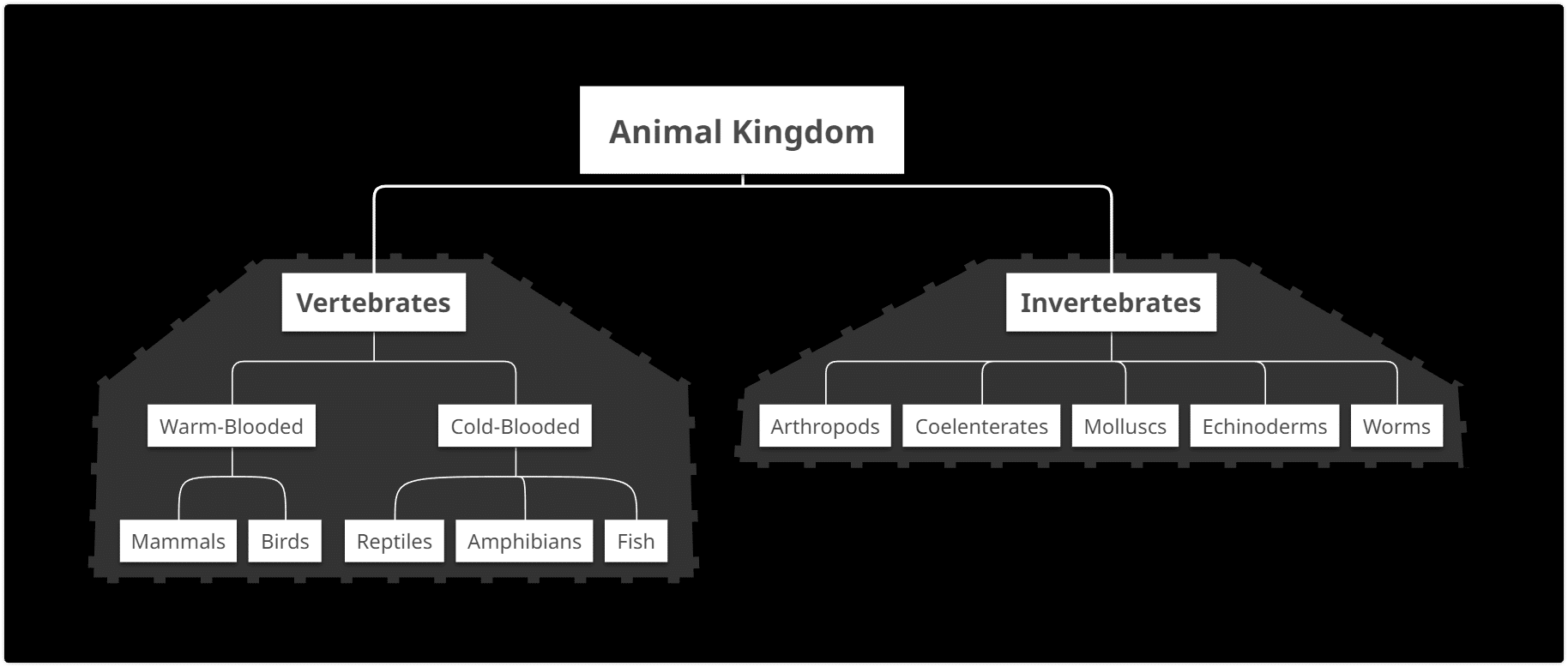
Proposition learning involves the organization of concepts into logical sequences or hierarchies. This helps learners understand the relationships between different ideas.
This type of learning promotes the formation of connections between related concepts, leading to a more robust cognitive structure.
3. Concept Mapping
What is concept mapping? Concept mapping is a type of visual diagram that helps learners organize and represent knowledge. This makes it easier to see connections and relationships between concepts.
By creating a concept map, learners can identify gaps in their understanding and better organize their thoughts.
Exploring Ways to Go Beyond Rote Learning
Now that we understand the importance and types of meaningful learning let’s explore how to incorporate learning principles into your learning process:
Connect New Knowledge to Previous Knowledge
Meaningful learning occurs when we connect new information to prior knowledge and other past relevant ideas. This is far more effective than rote learning.
This process helps you create a logical sequence and a cognitive view that makes sense to you. When you relate the new material to what you already know, you’re more likely to remember it and apply it in real life.
Use Active Learning Techniques to Go Beyond Prior Knowledge
Active learning techniques, such as problem-solving, discussion, or teaching others, can help you engage with the material more effectively. This is an essential factor in leveling up your learning process.
By actively participating in the learning process, you strengthen your cognitive structures and develop a deeper understanding of the subject.
Focus on Real-Life Applications
Applying new concepts and skills to real-life situations is a critical aspect of meaningful learning. It’s not enough to simply have the correct answer. You need to know how these new ideas can solve your personal problems.
By understanding how the material relates to your everyday life, you’re more likely to retain the information and use it effectively.
Foster Intrinsic Motivation
Intrinsic motivation refers to the desire to learn for the sake of personal growth and satisfaction rather than external factors like grades or rewards.
When you’re intrinsically motivated, you’re more likely to engage with the material and develop a deep understanding. To foster intrinsic motivation, set personal goals, and seek out topics that genuinely interest you.
What is visual learning?
Concept mapping is a visual tool that helps you organize and represent knowledge, making it easier to see connections and relationships between concepts. By creating a concept map, you can identify gaps in your understanding and better organize your thoughts.
Collaborate with Peers
Collaboration with peers can enhance meaningful learning by allowing you to discuss, debate, and analyze different ideas and perspectives. Working in groups can help you gain new insights, reinforce your understanding, and learn from the experiences of others.
Reflect on Your Learning Process
Regular reflection on your learning process can help you identify areas for improvement and develop better strategies for acquiring new knowledge. Reflecting on your progress allows you to evaluate your methods, refine your approach, and become a more effective learner.
How Mindomo Can Help Put These Ideas into Practice
Mindomo is an excellent tool for teachers and students alike. Teachers can use it to implement meaningful learning strategies, as it offers various features designed to promote deep understanding. It also helps with more active engagement with the material.
In some ways, Mindomo is the answer to the question, ‘What is data visualization, and how can I make it work for me?”
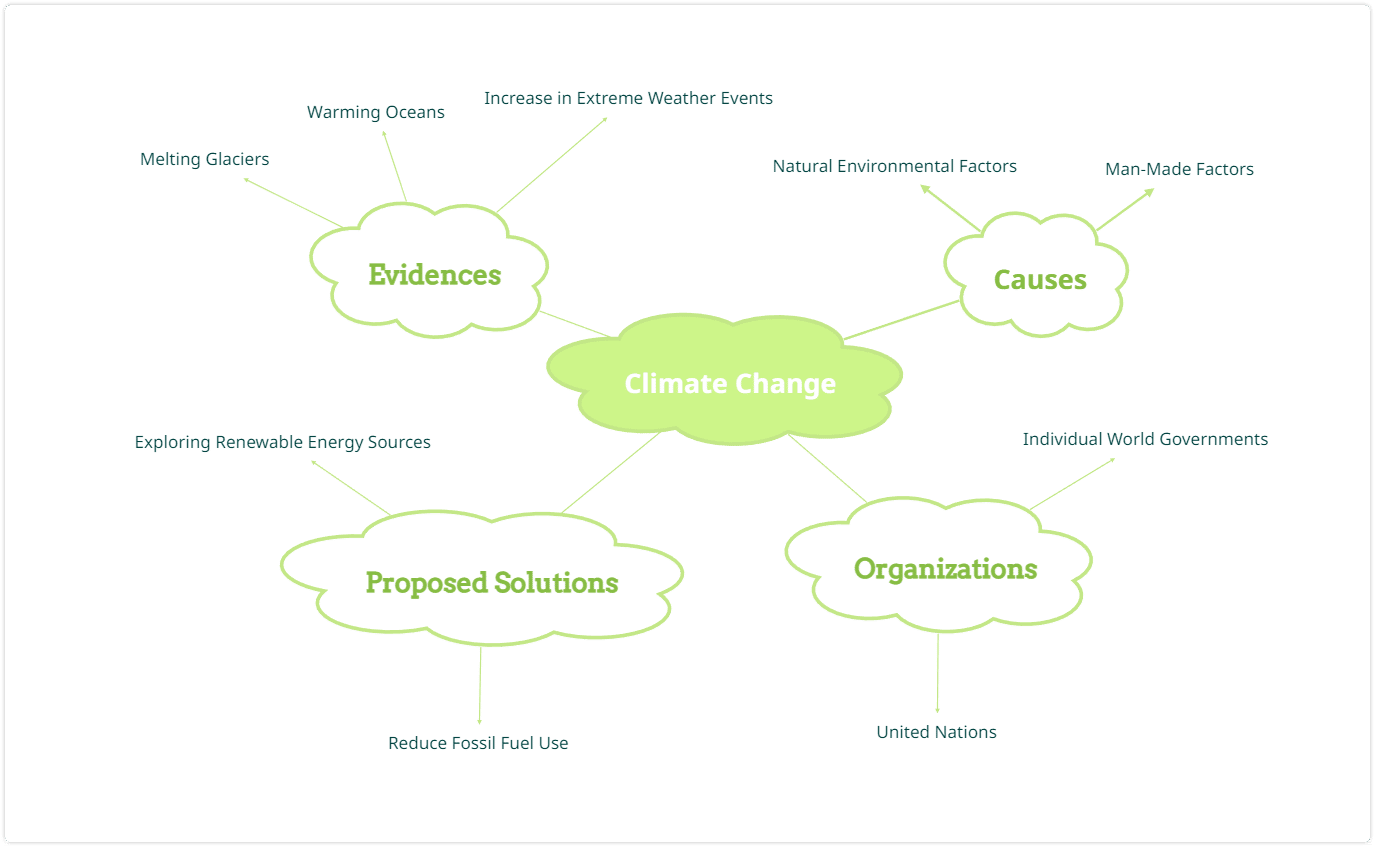
Here’s how Mindomo can help you put the principles of meaningful learning into practice:
- Concept Mapping: Mindomo’s intuitive interface allows you to create visually appealing and customizable concept maps. These maps can help you identify relationships between ideas, organize your thoughts, and make connections to your prior knowledge. If you organize information visually, you’re more likely to remember and understand it.
- Collaboration: Mindomo enables real-time collaboration with peers, allowing you to work together on concept maps and brainstorming sessions. By collaborating with others, you can gain new insights, challenge your understanding, and develop a deeper comprehension of the material.
- Integration with Learning Material: Mindomo can be integrated with various learning platforms, such as Google Drive. This will allow you to access relevant resources and materials easily. This integration helps you connect new knowledge to your existing cognitive structures, supporting meaningful learning.
- Multimedia Support: Mindomo supports the inclusion of multimedia elements, such as images, videos, and links, in your concept maps. These visual aids can help you better understand complex ideas and engage more effectively with the material.
- Customization and Personalization: Mindomo offers a range of customization options, including color schemes, themes, and icons, enabling you to tailor your concept maps to your preferences. By personalizing your learning experience, you’re more likely to feel engaged and intrinsically motivated.
In conclusion, meaningful learning is a powerful approach to acquiring and retaining knowledge, as it encourages deep understanding and real-life application. You can transform the way you understand, recall, and use information.
How? By connecting new information to prior knowledge. By employing active learning techniques. And by using tools like Mindomo to support your learning process,
Keep it smart, simple, and creative!
The Mindomo Team

